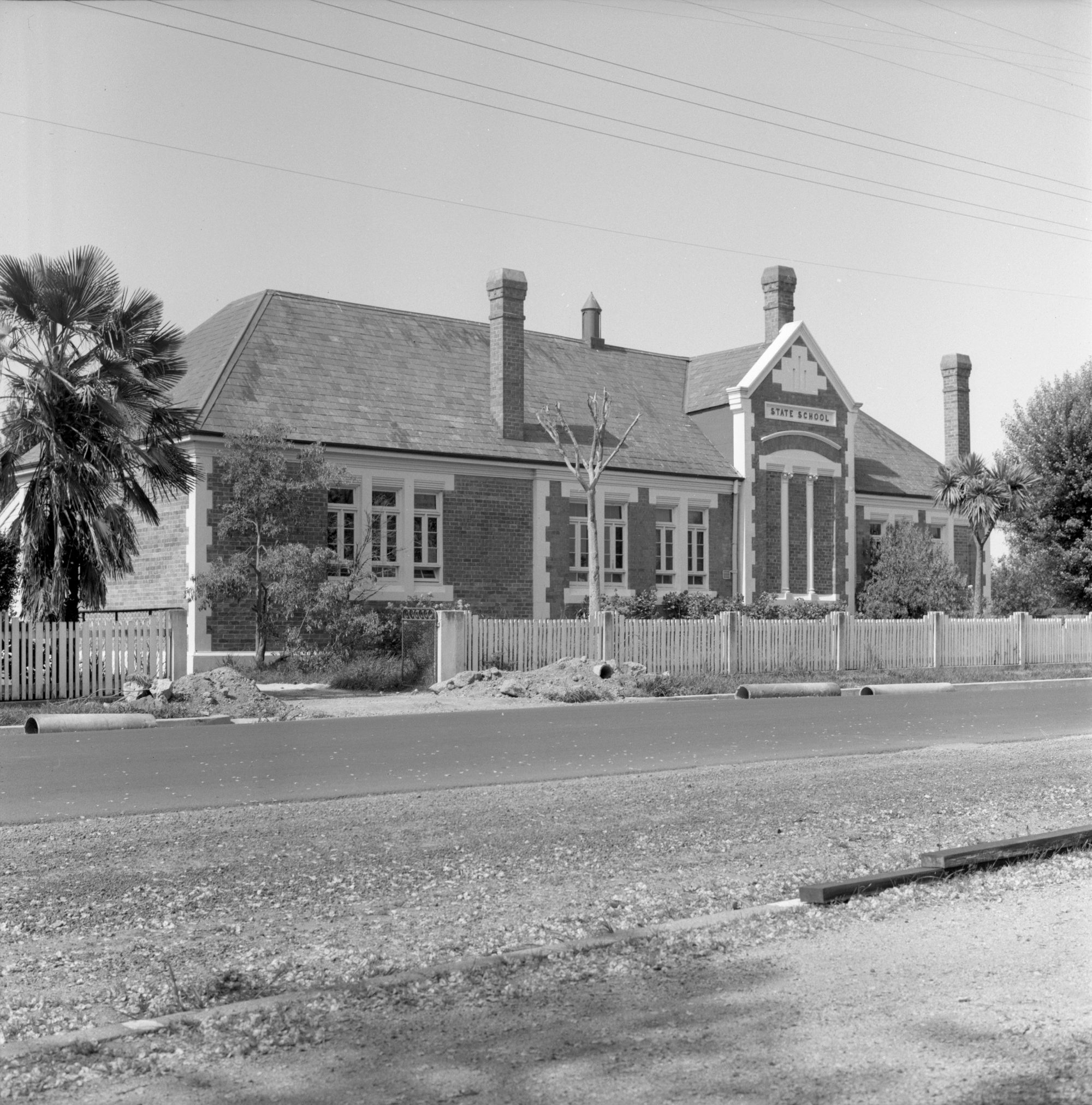Check out the Evandale Tourism website to plan your visit!
Evandale is situated in the Australian state of Tasmania, on the South Esk River 20 km south of Launceston and 5 km from the main highway and Launceston Airport.
Originally established as a military post in 1811, it was known variously as Collins Hill, Patersons Plains, Gordon Plains, and Morven before the town’s name was changed to Evandale in 1836 in honour of Tasmania’s first Surveyor-General, G.W. Evans and declared a municipality in 1865.
Evandale today is a National Trust classified Georgian village, popular with tourists for its unspoiled heritage buildings notably St Andrews (Anglican) Church, the Uniting Church (also St Andrews), with its classical bell tower and Doric columns, Blenheim (1832) in High Street; Royal Oak (1840) and adjoining stables now Evandale Antiques, Clarendon Arms Hotel (1847) and Fallgrove (1826) in Russell Street; Solomon House (1836), and the saddler’s shop (1840) at the intersection of Russell Street and High Street.
To do your visit justice, allow half a day and to just wander around the village assisted by a Heritage Walk booklet available from the Evandale Tourist Information Centre (18 High Street). If that is not possible, at least consider taking a stroll along High Street, Russell Street and Macquarie Street. Russell Street is reputedly one of the most attractive historic main streets in Tasmania, if not Australia.
The town is associated with several famous names. John Batman, lived here before setting off in 1835 to found Melbourne, while John Kelly, father of Ned Kelly; Australia’s most notorious bushranger, served time as a prisoner at Evandale. The picturesque township and countryside inspired the early Australian landscape artist John Glover, who settled in nearby Deddington. A memorial statue to John Glover may be seen at Falls Park and his work is celebrated with an annual Glover Art Prize held each March.
Evandale is the birthplace of Lt Col. Harry Murray VC, CMG, DSO and Bar, the most highly decorated allied soldier in World War 1. His deeds are celebrated with a statue in the gardens at the end of Rodgers Lane.
The Evandale Village Fair and National Penny Farthing Championships held annually on the last Saturday in February and the Glover Prize for Landscape Painting held over the March long weekend are both well-established events.
Approximately 10 km south of the village is ‘Clarendon’, built in 1836 by the wealthy grazier and merchant James Cox, son of William Cox who built the first road across the Blue Mountains in NSW. ‘Clarendon’ is a National Trust property.
‘Clarendon’ is recognised as one of the most impressive Georgian houses in Australia. Its combination of beautifully proportioned rooms, the Italianate facade together and restored early colonial outbuildings and gardens make it a must see on your touring itinerary.
The Evandale Market is held each Sunday morning. It offers everything from bric-a-brac to antiques, local farm produce to fine Tasmanian cheeses and gourmet foods and there is plenty to do for the children.
While you are in the area why not take the scenic wine route back into Launceston along Relbia Road where there are numerous excellent boutique wineries and if you are not into wine then the drive alone is worth it, especially in winter and spring.
Evandale has a temperate climate averaging a maximum of 23 degrees Celsius (74.5 degrees Fahrenheit) in January and 11.5 degrees Celsius (52.5 degrees Fahrenheit) in June, with an annual rainfall of 689mm each year compared to Sydney’s 1220mm.
A range of self-contained colonial B&B’s and hotel accommodation is available in the town and surrounding area to suit every budget. View Accommodation.
